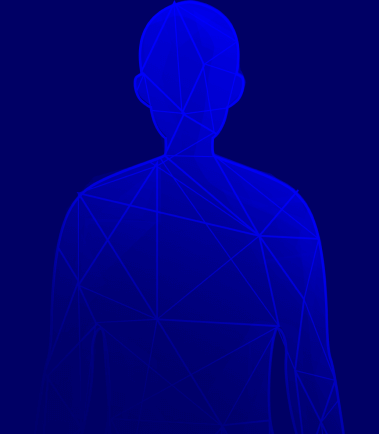Approximately
1,6
Million
people die from pneumococcal disease each year. 1
Protect yourself and your loved ones from pneumococcal diseases to build a healthy and happy life
You or your loved ones may be at increased risk for pneumococcal pneumonia due to age, underlying health conditions, and/or lifestyle factors.
Homepage Risk Assessment Result 1

1. CDC – https://www.cdc.gov/pneumococcal/causes/index.html – Accessed May 21, 2025
2. CDC – https://www.cdc.gov/pinkbook/hcp/table-of-contents/chapter-17-pneumococcal-disease.html – Accessed May 21, 2025
3. Shea KM, Edelsberg J, Weycker D, et al. Rates of Pneumococcal Disease in Adults With Chronic Medical Conditions. Open Forum Infect Dis. 2014;1(1):1–9
Homepage Risk Assessment Result 2

1. CDC – https://www.cdc.gov/pneumococcal/causes/index.html – Accessed May 21, 2025
2. CDC – https://www.cdc.gov/pinkbook/hcp/table-of-contents/chapter-17-pneumococcal-disease.html – Accessed May 21, 2025
3. Shea KM, Edelsberg J, Weycker D, et al. Rates of Pneumococcal Disease in Adults With Chronic Medical Conditions. Open Forum Infect Dis. 2014;1(1):1–9
Homepage Risk Assessment Result 3

1. CDC – https://www.cdc.gov/pneumococcal/causes/index.html – Accessed May 21, 2025
2. CDC – https://www.cdc.gov/pinkbook/hcp/table-of-contents/chapter-17-pneumococcal-disease.html – Accessed May 21, 2025
3. Shea KM, Edelsberg J, Weycker D, et al. Rates of Pneumococcal Disease in Adults With Chronic Medical Conditions. Open Forum Infect Dis. 2014;1(1):1–9
Homepage Risk Assessment Result 4

References
(1) Bravo, L. C. (2009). Overview of the disease burden of invasive pneumococcal disease in Asia. Vaccine, 27(52), 7282-7291.
(2) CDC tại https://www.cdc.gov/pneumococcal/about/index.html. Truy cập 30/3/25
(3) Song, J. Y., Nahm, M. H., & Moseley, M. A. (2013). Clinical implications of pneumococcal serotypes: invasive disease potential, clinical presentations, and antibiotic resistance. Journal of Korean medical science, 28(1), 4.
(4) CDC tại https://www.cdc.gov/pneumococcal/hcp/clinical-overview/index.html. Truy cập 30/3/25
(5) Mohanty, S., Feemster, K., Yu, K. C., Watts, J. A., & Gupta, V. (2023, March). Trends in Streptococcus pneumoniae antimicrobial resistance in US children: a multicenter evaluation. In Open forum infectious diseases (Vol. 10, No. 3, p. ofad098). US: Oxford University Press.
(6) WHO tại https://www.who.int/news-room/fact-sheets/detail/pneumonia. Truy cập 30/3/25
(7) Immunize.org tại https://www.immunize.org/wp-content/uploads/catg.d/p4213.pdf. Truy cập 30/3/25.
(8) Meningtidis Research Foundation tại https://www.meningitis.org/meningitis/bacterial-meningitis/pneumococcal-meningitis. Truy cập 30/3/25.
(9) Chen, H., Matsumoto, H., Horita, N., Hara, Y., Kobayashi, N., & Kaneko, T. (2021). Prognostic factors for mortality in invasive pneumococcal disease in adult: a system review and meta-analysis. Scientific Reports, 11(1), 11865.





















